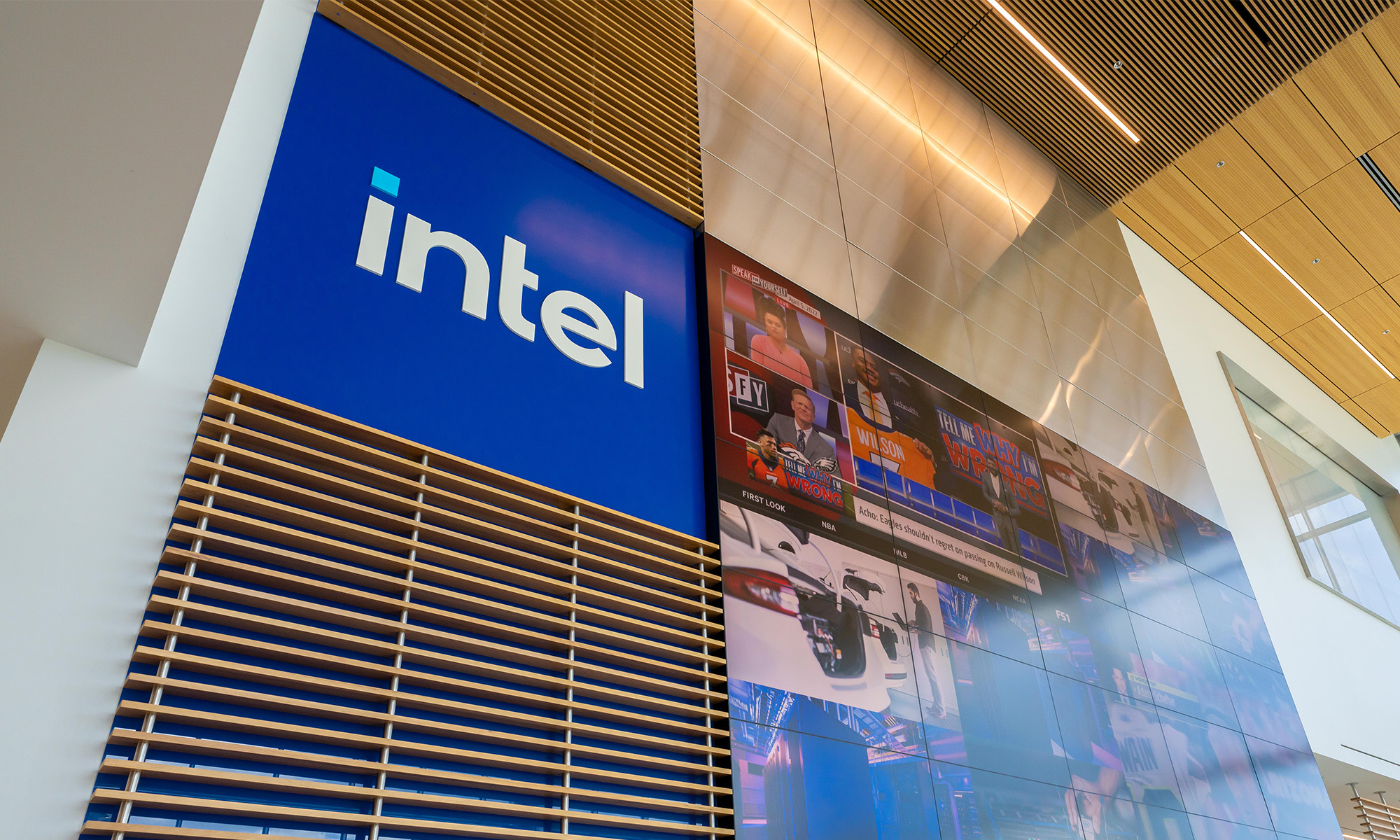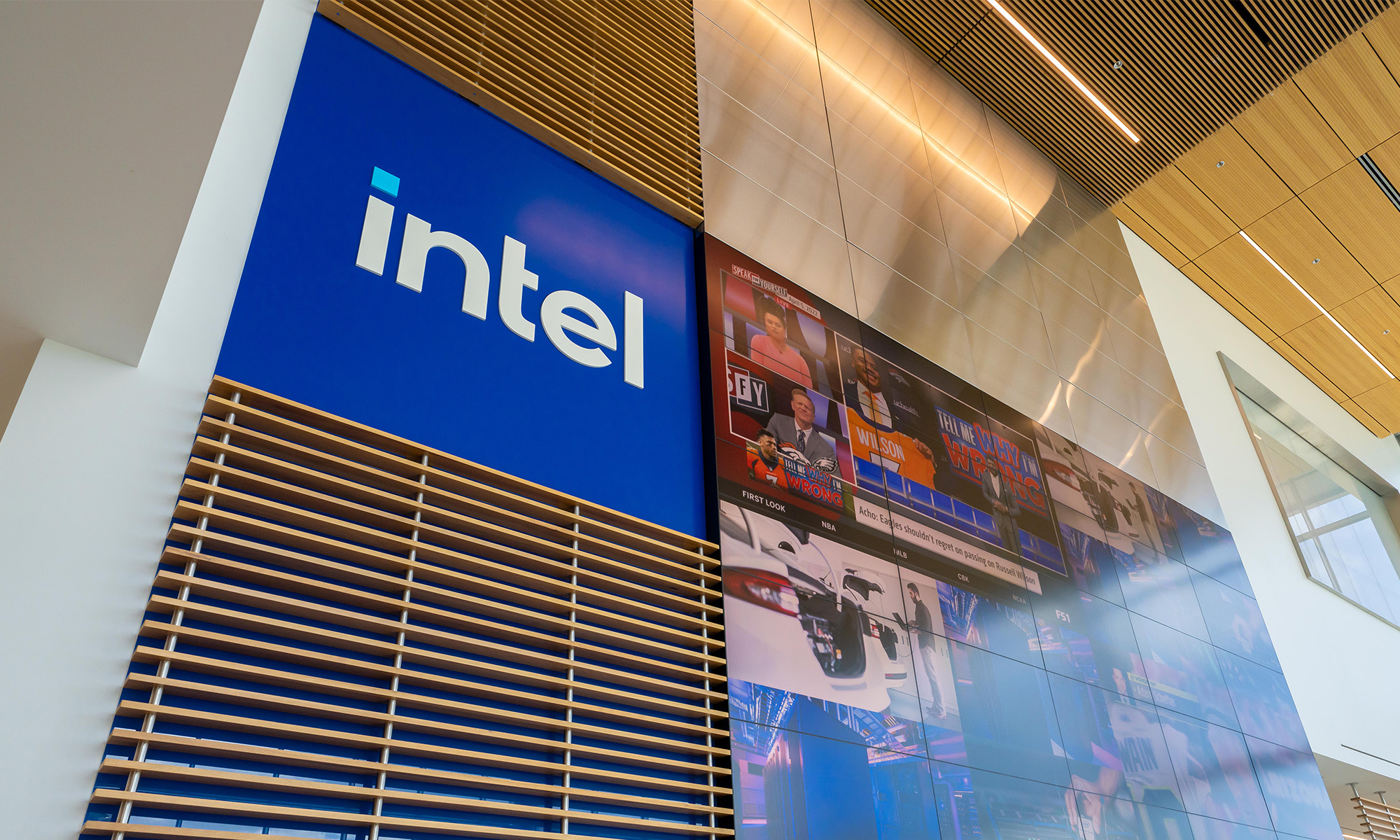There have been a few high-profile customer wins for Intel's (INTC +1.49%) nascent foundry business and its flagship Intel 18A manufacturing process, including deals with Microsoft and Amazon to produce future chips. The company has also won some business for its advanced packaging technology, and revenue from this will start to pick up in the second half of 2025.
For the time being, however, almost all foundry revenue is going to be internal as the company struggles to win major commitments from customers.

Image source: Getty Images.
Mostly internal revenue
At a recent conference, Intel CFO David Zinsner provided some details on how the Intel 18A process was going. Intel 18A is currently in risk production, which involves real-world production runs at low volumes, and the process is scheduled to ramp up in volume later this year.
Intel's own Panther Lake family of PC CPUs, set to launch by the end of 2025, will account for the vast majority of volume on the Intel 18A process. Answering a question from an analyst about committed volumes on Intel 18A or the upcoming Intel 14A process, Zinsner said that "committed volume is not significant right now, for sure."
Reuters reported in April that several customers were planning to build test chips on Intel's advanced manufacturing processes. However, not all customers that go through with test chips end up committing to full-scale production. "[A]nd then we get test chips, and then some customers fall out in the test chips, and then there's a certain amount of customers that kind of hang in there," Zinsner explained.
This throws some cold water on recent rumors indicating that Intel had won some major commitments for Intel 18A. A report from a South Korean media outlet suggested that Microsoft had signed a large-scale contract with Intel Foundry and other major tech giants were interested, as well. While Intel is likely talking to plenty of potential customers, it doesn't appear that any major contract has been signed based on Zinsner's comments.

NASDAQ: INTC
Key Data Points
A path to profitability
While Intel's own products will generate the bulk of its foundry revenue for now, the bar to reach foundry profitability isn't all that high. Zinsner disclosed that if the company can achieve low- to mid-single-digit billions in external foundry revenue, the foundry business would reach breakeven.
Not all that revenue needs to come from Intel 18A or Intel 14A. The company's mature Intel 16 process and its advanced packaging services can pick up some of the slack. Zinsner says the company remains confident that the foundry business can reach breakeven sometime around 2027.
One challenge Intel faces is that it competes directly with some of its potential foundry customers. A fabless semiconductor company, like Nvidia or AMD, would need to trust Intel, and that trust will be tough to earn.
The appointment of Lip-Bu Tan, former CEO of semiconductor design software Cadence Design Systems, as CEO of Intel could help assuage some concerns. Part of Tan's overall strategy is to listen more attentively to customers, and his experience gives him a deep understanding of the foundry industry.
The launch of Panther Lake could help Intel win new foundry customers if the chip family is successful. The Intel 18A process should help Panther Lake deliver significant performance and efficiency improvements over its predecessors and can act as a marketing tool for the foundry if things go to plan. Intel recently disclosed that Intel 18A is capable of delivering a 25% uplift in frequencies or a 36% decrease in power usage, compared to Intel 3.
The revelation that Intel has yet to score a major external commitment for its foundry isn't good news for investors, especially considering recent rumors to the contrary. It may take a successful first-party product on Intel 18A to bring customers in the door. If that's the case, Intel's turnaround may take even longer than expected.





